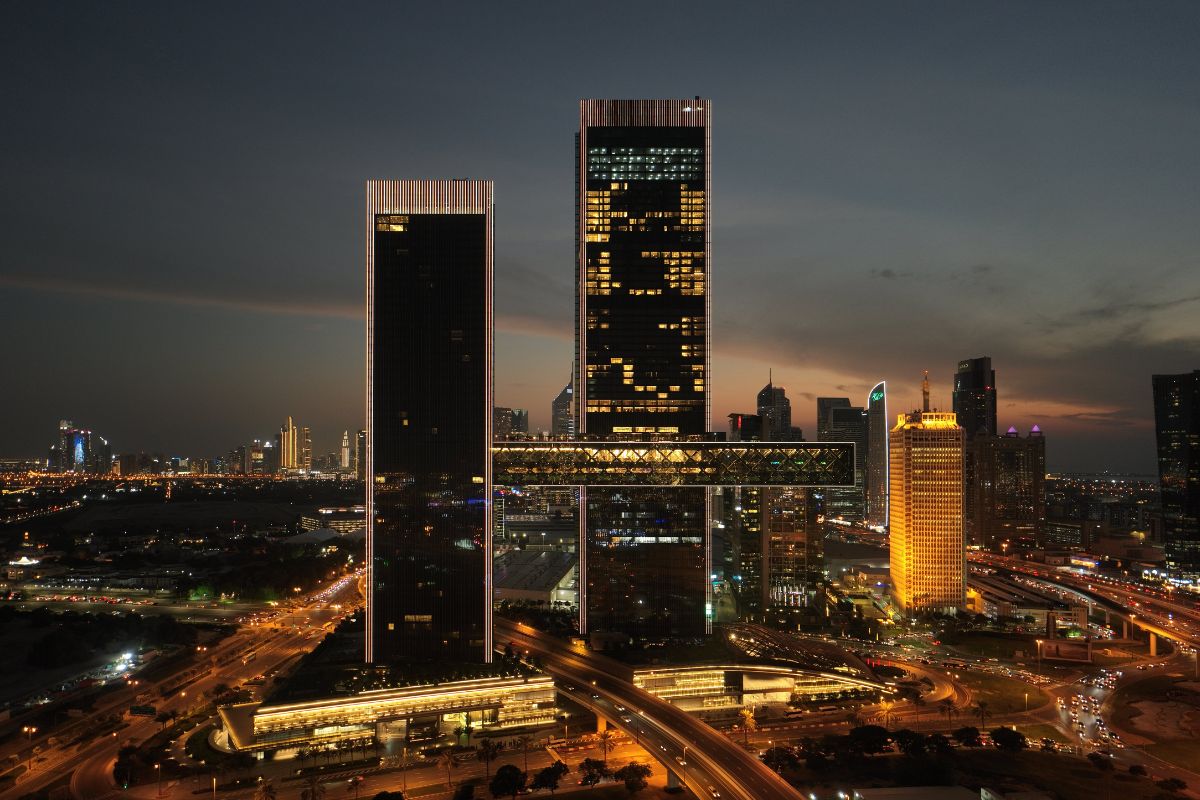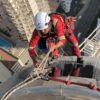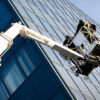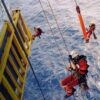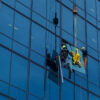Dubai’s skyline is a testament to architectural innovation and grandeur, with towering skyscrapers that captivate the world. Behind the glitz and glamour, however, lies a meticulous process of facade inspection that ensures the structural integrity and safety of these iconic buildings. In this blog, we explore the significance of facade inspection practices in Dubai, shedding light on how they contribute to elevating standards and shaping the city’s skyline.
The Importance of Facade Inspection in Dubai:
Dubai’s rapid urbanization and ambitious construction projects underscore the critical importance of facade inspection in maintaining the city’s architectural legacy and safeguarding public safety. Here’s why facade inspection is essential in Dubai:
- Structural Integrity:
- With skyscrapers reaching unprecedented heights, ensuring the structural integrity of building facades is paramount to withstand the forces of nature and daily wear and tear.
- Compliance with Regulations:
- Dubai’s stringent building codes and regulations mandate regular facade inspections to ensure adherence to safety standards and mitigate the risk of structural failures.
- Aesthetic Appeal:
- The visual appeal of Dubai’s skyline relies heavily on pristine facades that exude modernity and sophistication. Facade inspection plays a crucial role in preserving the city’s architectural aesthetics.

- Safety Assurance:
- facade inspection dubai are vital for identifying potential hazards, such as loose cladding or deteriorating materials, which could pose safety risks to occupants and pedestrians.
Elevating Standards: Facade Inspection Practices Shaping Dubai’s Skyline:
- Advanced Technologies:
- Dubai embraces cutting-edge technologies such as drones, LiDAR scanning, and infrared thermography for efficient and accurate facade inspections, reducing reliance on traditional methods.
- Building Information Modeling (BIM):
- BIM technology enables comprehensive digital modeling of building facades, facilitating real-time monitoring, analysis, and predictive maintenance to enhance performance and longevity.
- Regulatory Framework:
- Dubai’s regulatory authorities continually update and enforce stringent facade inspection guidelines, fostering a culture of compliance and accountability among developers and building owners.
- Collaboration and Knowledge Sharing:
- Industry collaboration and knowledge-sharing initiatives foster innovation and best practices in facade inspection, driving continuous improvement and standardization across the construction sector.
- Sustainability Integration:
- Facade inspection practices in Dubai increasingly prioritize sustainability considerations, such as energy efficiency and environmental impact assessments, aligning with the city’s vision for sustainable development.
Case Studies: Setting the Benchmark for Facade Inspection Excellence
- Burj Khalifa:
- The world’s tallest building, Burj Khalifa, sets the benchmark for facade inspection excellence with its state-of-the-art monitoring systems and proactive maintenance approach.
- Dubai Marina:
- The facades of iconic structures in Dubai Marina undergo regular inspections and maintenance, showcasing the city’s commitment to upholding high standards of safety and aesthetics.

Conclusion:
Facade Inspection Practices Shaping Dubai’s Skyline and upholding its reputation as a global architectural marvel. By embracing advanced technologies, regulatory frameworks, and sustainability principles, Dubai continues to elevate standards in facade inspection, ensuring the longevity, safety, and beauty of its built environment. At [Your Company Name], we are dedicated to advancing facade inspection practices and contributing to the sustainable growth and resilience of Dubai’s skyline.

